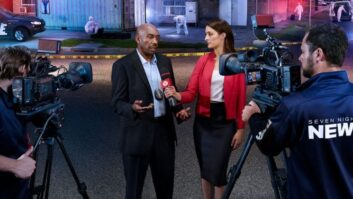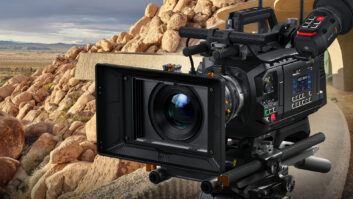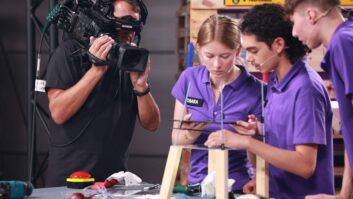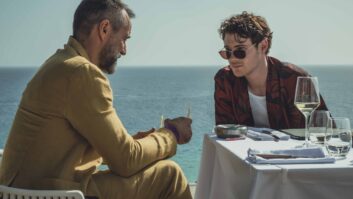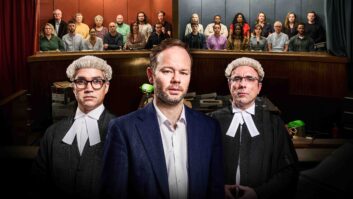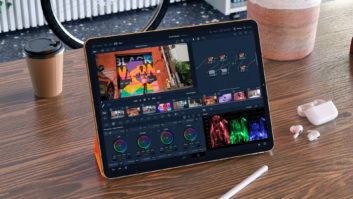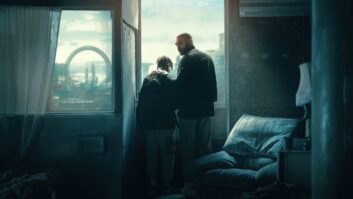Although the entire Sløborn series was developed, filmed and finished before the outbreak of Covid-19, it has certainly resonated with ZDF viewers, watching the story of how life on the island descends into chaos and destruction.
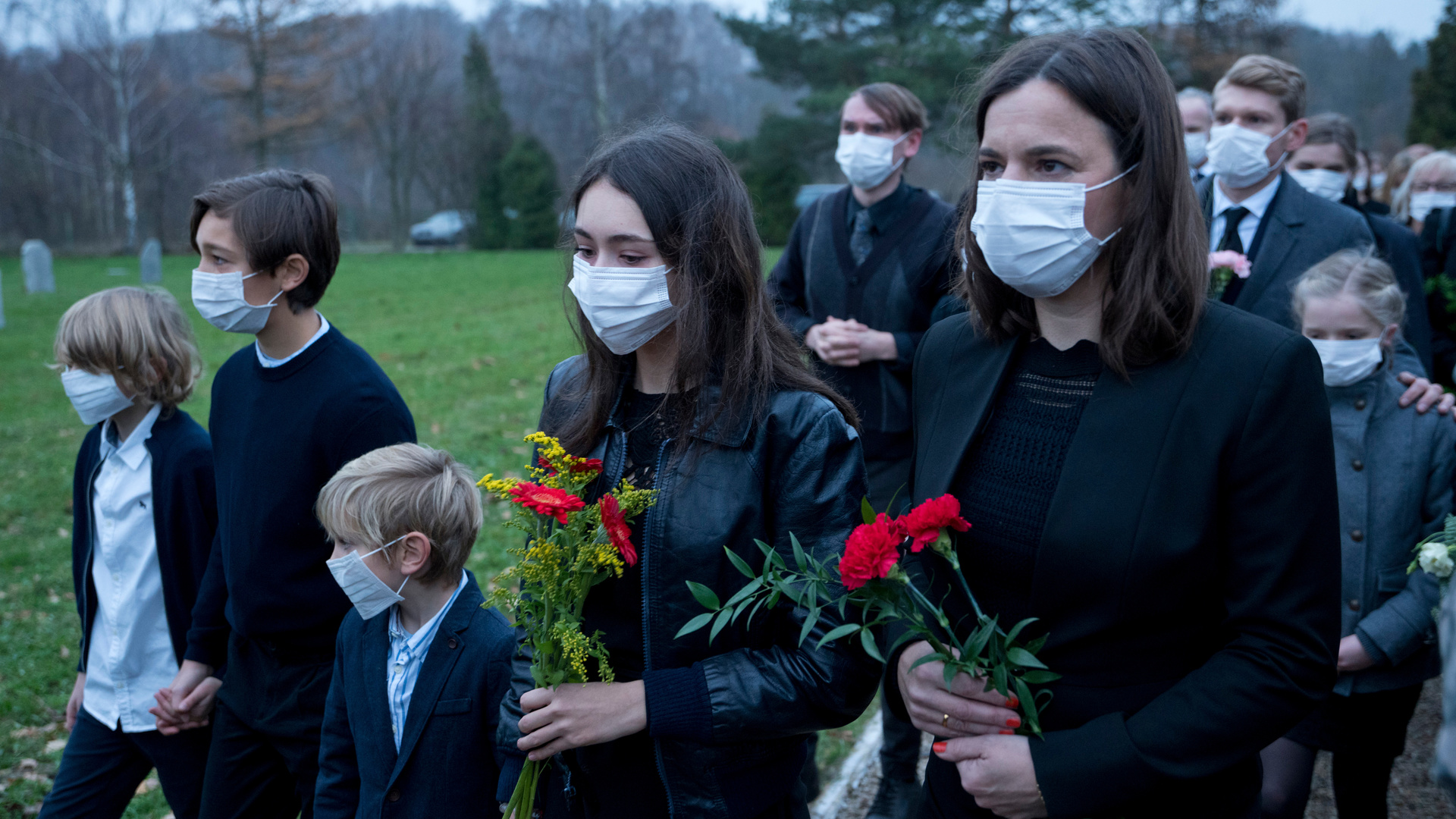
The series, which was written, directed and lensed by Christian Alvart (director/showrunner), alongside Adolfo J. Kolmerer (director) and Christian Huck (DoP). The project was shot in late 2019 on the German East Frisian island of Nordeney and the Polish coastal report, Sopot. Blending these locations into one cohesive aesthetic was a key element of the series’ grade, completed by colourist Sebastian Göhs, working on the DaVinci Resolve Studio system at Basis Berlin.
The studio offers audio post production along with a grading suite, which was very important because of a very tight schedule. Sebastian spent most of his time with Christian Huck in the grading suite, while the two directors oversaw the ADR process, sound design and mixing upstairs. This allowed Christian Alvert (CA) to control all aspects of the post production process in the proper environment and on state-of-the-art technical equipment, without compromise or having to travel between facilities.
“Between the various exterior locations and location splits, there were a lot of differences in weather conditions and natural lighting, so a lot of my focus was to use Resolve to match sunny highlights or managing any differences in tonality and texture that had crept into scenes where light was fading,” begins Göhs. “We also worked through a number of day for night grades to help scenes fit seamlessly into the storyline.”
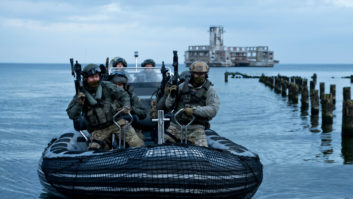
The eight-part series was shot on the Alexa Mini with Hawk Vintage ’74 anamorphic lenses. A lot of the photography was shot with a jib mounted camera, which allowed for lots of improvisation and flexibility during shooting, to add to the natural depiction of the unfolding drama.
“I’ve collaborated with CA on quite a few of his projects, and over the years, we’ve developed a common language, which allows us to work together very efficiently,” Göhs continues. “CA has a very clear vision for the look and feel of his projects. For this one, his first series, the tone of the narrative meant that we had to create a cinematic look but also had to keep a sense of realism; we didn’t want to create an over-stylised, super clean or artificial feel, as that would have detracted from the drama.”
For Göhs, creating strong contrast along with pleasing skin tones was important, applying a custom Show-LUT that allowed him to control the blacks precisely and also provided scope for authentic skin tones. “My methodology to approaching any grading project is to bring everything into the proper colour space,” he explains. “That means I rely a lot on Resolve’s Colour Space Transform tools, and from there I can work to apply the show look that we’ve created.”
Both the dailies and final grade were both completed in DaVinci Resolve, which allowed Göhs time to concentrate fully on the subtle details throughout the series, which was finished in 1080 SDR for broadcast. “The workflow is simple and streamlined, which gives the core creative team a firm foundation that they can rely on, while they focus on getting the final look and feel exactly how they wanted at the outset,” he concludes.
Sløborn is available to watch on ZDFs streaming platform.
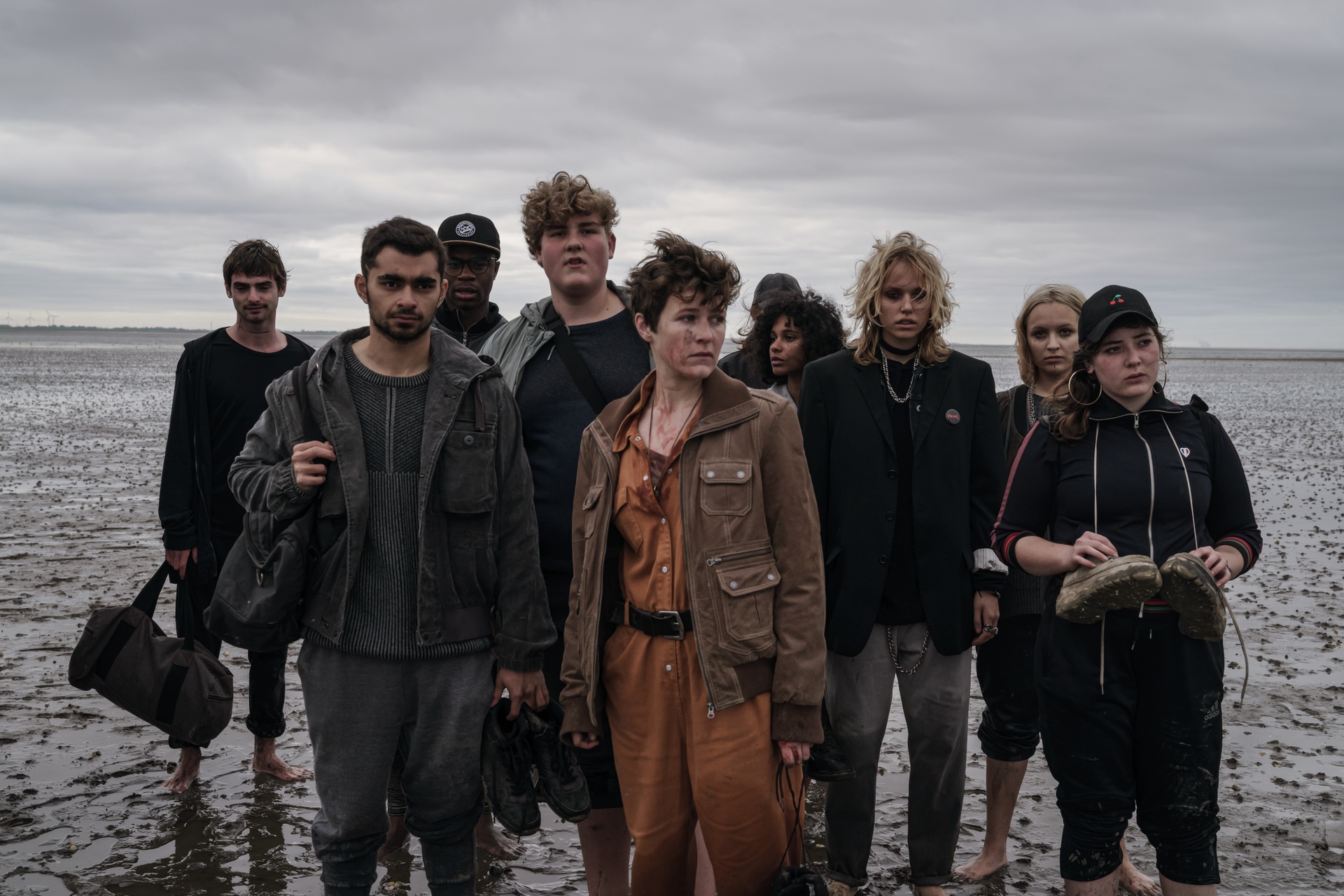
All images courtesy of ZDF
